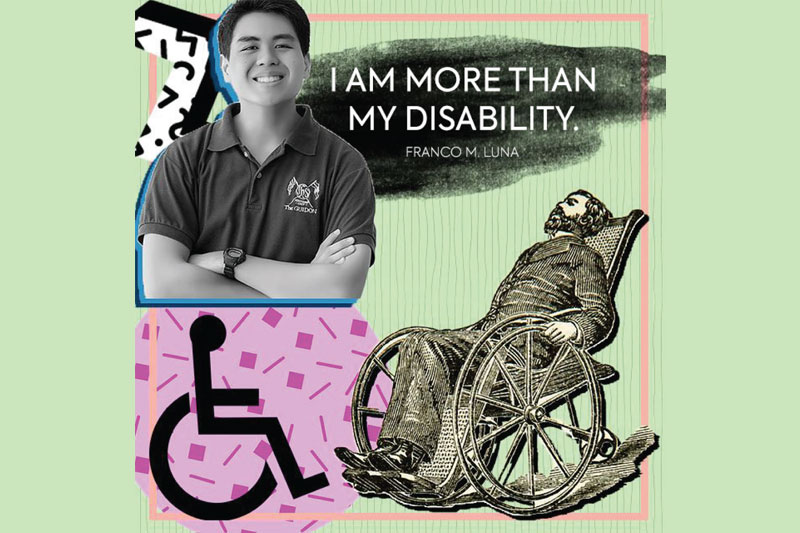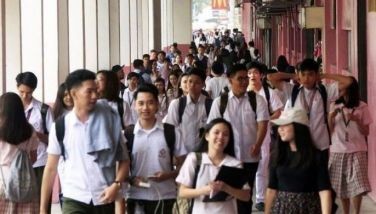More than just ‘PWD na’

Illustration by Kat Eloriaga
I still remember the day I woke up paralyzed on my left side.
Confusion set in before the panic did. My left cheek could not smile, nor could my eye blink. I could not move my hand, and I was dropping forks at the dining table. I was rushed to two hospitals that day. They told me, “Naipit lang siguro braso mo.”
At the age of six, I spent 40 days and 40 nights at the Philippine Children’s Medical Center, braving the proverbial flood. I was discharged with a mild stroke diagnosis, and later epilepsy, utterly stripped of the privilege of being a healthy, normal individual.
In the next few years of my life, I was in and out of therapy, acupuncture, and aculaser clinics. One part of the struggle that tends to go unnoticed is that the physical effects don’t hold a candle to what it can do to you emotionally.
Growing up, I felt all the stares and heard all the whispers. When you’re differently abled, discovering how differently people start to treat you is the hardest part.
Despite the supposed protection from ridicule that is stipulated by law, this stigma is just one of the many struggles PWDs face day in and day out.
The term “person with disability” (PWD) covers a wide range of afflictions ranging from psychosocial disabilities to impairments in speech and hearing. According to the 2010 Census on Population and Housing, over 1.44 million Filipinos live with a disability. Globally, that’s over a billion.
While two Magna Cartas for PWDs have been amended (one in 1992 and again in 2015), it’s still not enough. Where the state seeks to support the PWD’s “integration into mainstream society,” Filipino PWDs today continue to fight for mobility, employment and equality.
At times, this feels like too much to ask from an administration whose leader once himself mocked PWDs in his electoral campaign, effectively violating Republic Act 7277. Besides this one instance, not much has been said by President Duterte about PWDs as a sector.
We still have a long way to go as a country when it comes to inclusivity for the differently abled. From Darna to The X-Files, persons with disabilities are still represented as mere objects of pity in mainstream media. Outside of this, stories of children with disability, especially those living in poverty, are still largely underreported.
The silver lining in this is that the wheels are most definitely turning.
The mental health bill was recently approved on its final reading in the Senate. The Department of Health now has P1 billion of its budget allotted for mental health, the highest amount allocated in history.
We’ve come a long way.
As for me, I am 20 years old now, and I still fumble and swear under my breath as I struggle with simple, mundane things. I walk with a faint limp and live most of my life with one hand.
The days I forget to take my anti-seizure meds rarely ever end well.
It doesn’t get easier, but today, it feels damn good to admit that I am an epileptic stroke victim. I am more than my disability.
Editor’s note: This column was first published in The Guidon, the official student publication of the Ateneo de Manila University.
- Latest
- Trending

























